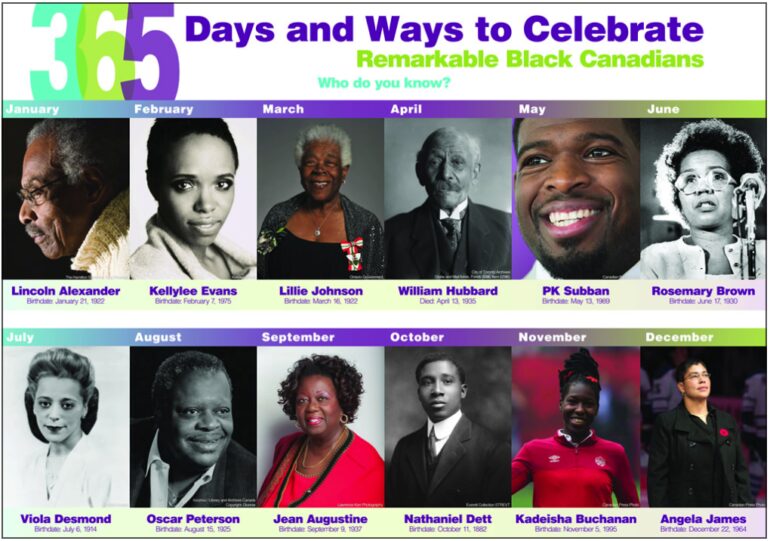Jayvon Mitchum and Emily Wilson
School boards within the Greater Toronto Area have been experiencing and battling anti-Black racism for decades. Recently, crowds and activists have been holding higher systems accountable for their diversity issues. Combatting racism takes many factors and acknowledging the long hard road to racial equity.
“As long as racism exists, racism exists, and as long as racism is there, things happen,” said Carl James, Jean Augustine Chair in Education Community and Diaspora in the Faculty of Education at York University.
“Students are experiencing racism in the way that affects their schooling and participation, their performance,” he said.
James said what’s needed is an education that is responsive to the needs and interests of all learners. In particular, he spoke of addressing needs that are “based on race, ethnicity, sexuality, gender, and indigeneity.”
“We need to do a big comprehensive overhaul of the existing programs that we do in education, paying attention to equity,” he said.
Malaika Leacock, a founding member and steering committee member of Parents of Black Children, said many school boards across Ontario have turned their attention towards the needs of Black students but believe combatting racism needs more work in terms of measurable training and accountability.
‘There should be clear accountability’
“Whether anti-Black racism happens between students, or happens in other areas, if a black child is made to feel that they don’t belong due to acts of anti-Black racism, there should be clear accountability,” she said.
Leacock said decolonizing the curriculum by making sure that the experiences of Black Canadians throughout history is built into schools in a meaningful way could help change perspectives on the Black community.
“We’re focusing on making sure that the teaching of Black Canadians throughout history are not just a one-off but woven into activities for math or with science or art,” she said.
“What sorts of activities can be done to incorporate the stories of Black Canadians.”
Zachary Brown, a student at Senator O’Connor College School in the Toronto Catholic District School Board, said racism has always existed in schools owing to the lack of conversations in and out of the classroom.
“It’s just always been a perceived narrative,” he said, which is why racism continues to exist.
Incorporating inclusivity
“Teachers and the curriculum have to be self-aware of the problems at hand and history at hand for all cultures and races and countries and not just certain aspects of history,” the 18-year-old said.
In 2018 a curriculum was created by the Elementary Teachers’ Federation of Ontario called the 365 Black Canadian Curriculum. It offered teachers a way to incorporate inclusivity into the classroom.
But there was a large problem with it. It was, and remains, optional.
“There are still teachers throughout the province saying, ‘Oh, what can I do? What can I teach?'” Leacock said. “People are not either aware of it or encouraged to use it and consult that document in order to build their lesson plans in a more uniform way.”

‘Going to take time if you do it, right’
Cherilyn Scobie Edwards, principal of Ursula Franklin Academy in Toronto, nearly left the education sector three years ago when she wasn’t seeing the needed system changes.
“I was becoming really disheartened by what I was seeing happening to students of colour in our board.”
But instead she stayed when the Toronto District School Board hired a superintendent of anti-racism and anti-oppression to create a strategy around specialized education.
“So those anti-oppressive movements allowed me to stay and I was grateful to be part of the central team to work on those initiatives. So that gave me some hope for sure,” Scobie Edwards said.
She explained the importance of change in the structures that govern the practices in schools with new policies and leadership training and close looks at how schools operate. Making it mandatory for every level of the school board to participate in equity work.
“That requires a lot of work, a lot of time, a lot of change, and a lot of doing things that are very different to the way that we do things now,” Scobie Edwards said. “And that is going to take time if you do it, right.”
Leacock suggests how Black faculty representation largely affects racism in and out of schools, particularly in less diverse neighbourhoods. Students can gain access to mentorship when Black teachers and allies get hired.
Connections and pathways
More programs are offered and meaningful connections are made.
She said having encouragement leads to having “diverse and Black university students looking into Teachers College, that there’s mentors that can say that there are options.”
James said having more representation of Black teachers is “only as effective as the school accommodates these the faculty, the experiences that faculty members bring in and support them in using their experiences in addressing issues of race and racism.”
Scobie Edwards is confident school boards will combat racism, but that “not all of the work is finished. It’s in the beginning stages during this grey area between what was and what’s going to be and then it’s going to be tricky for a little bit.”
